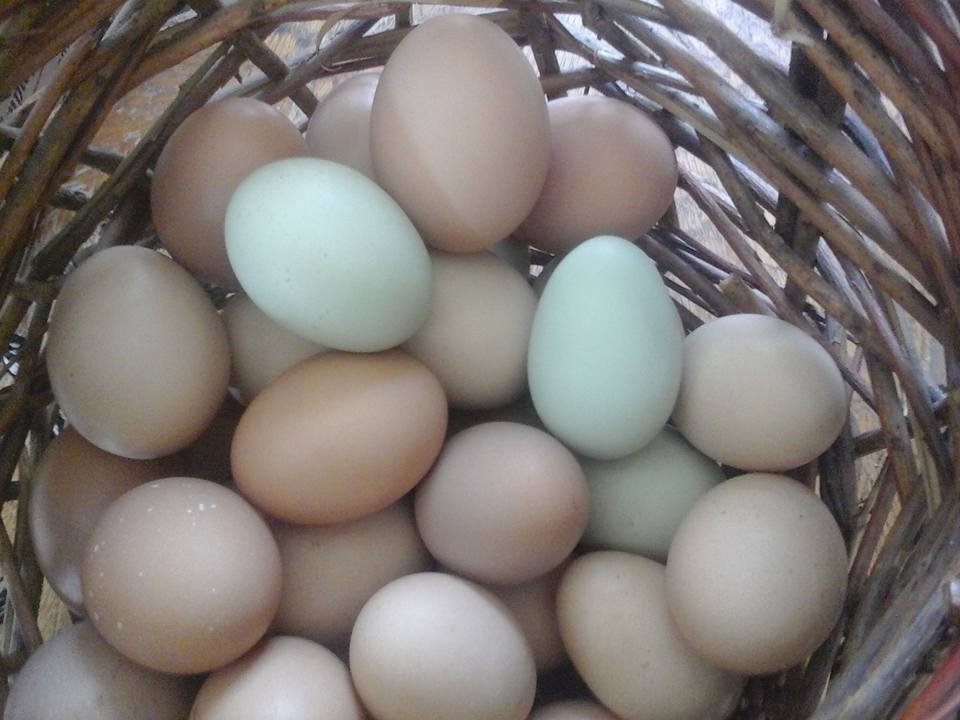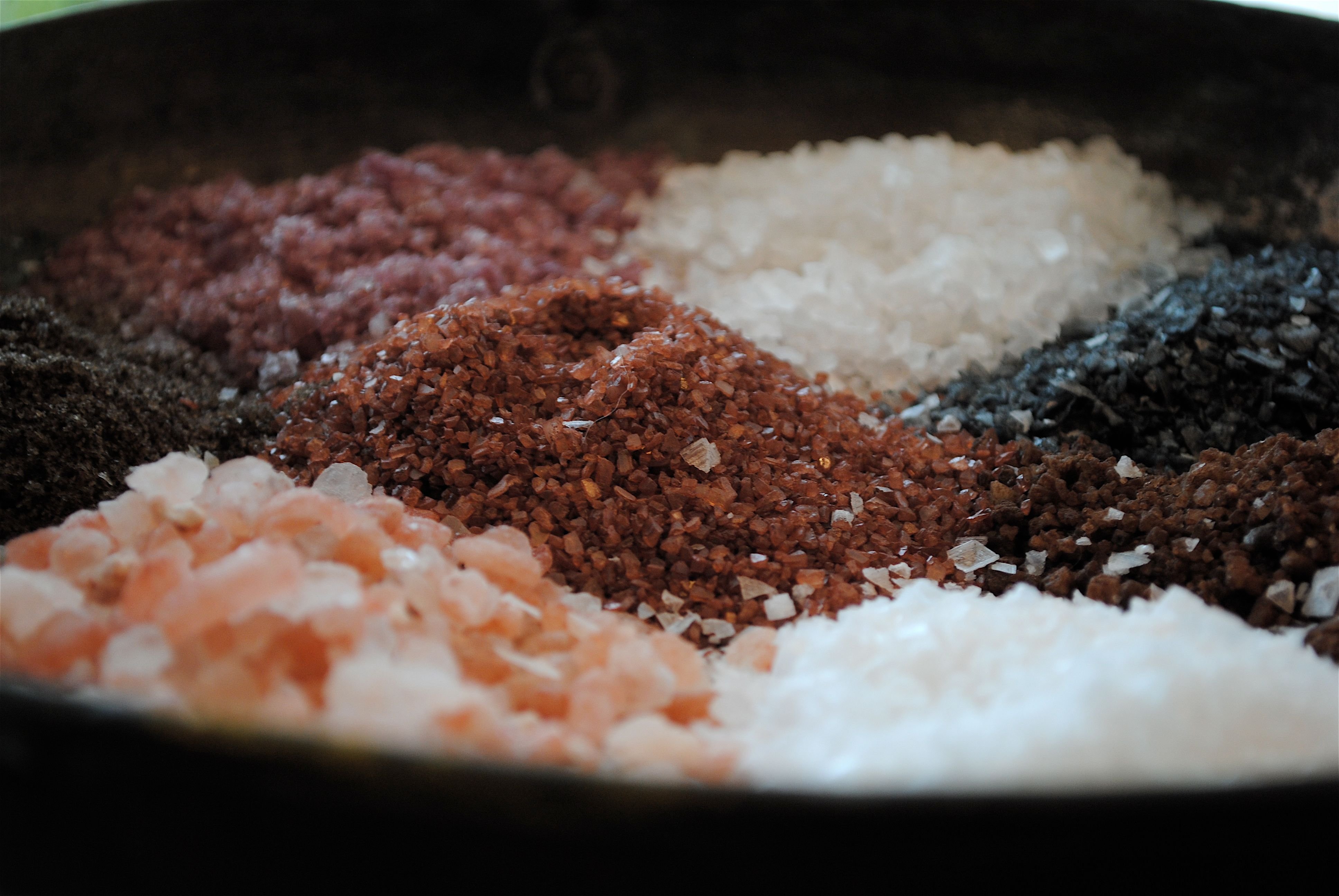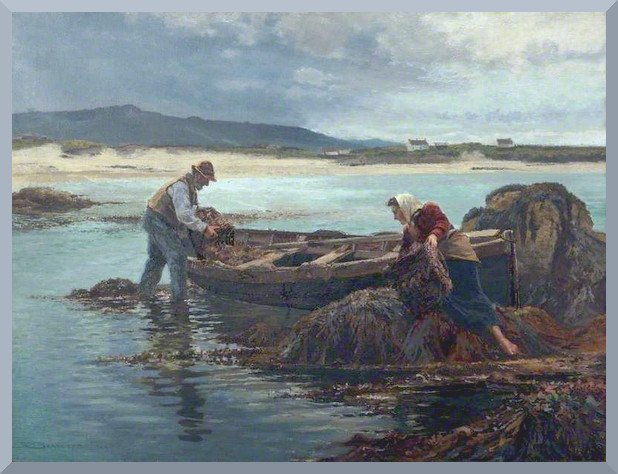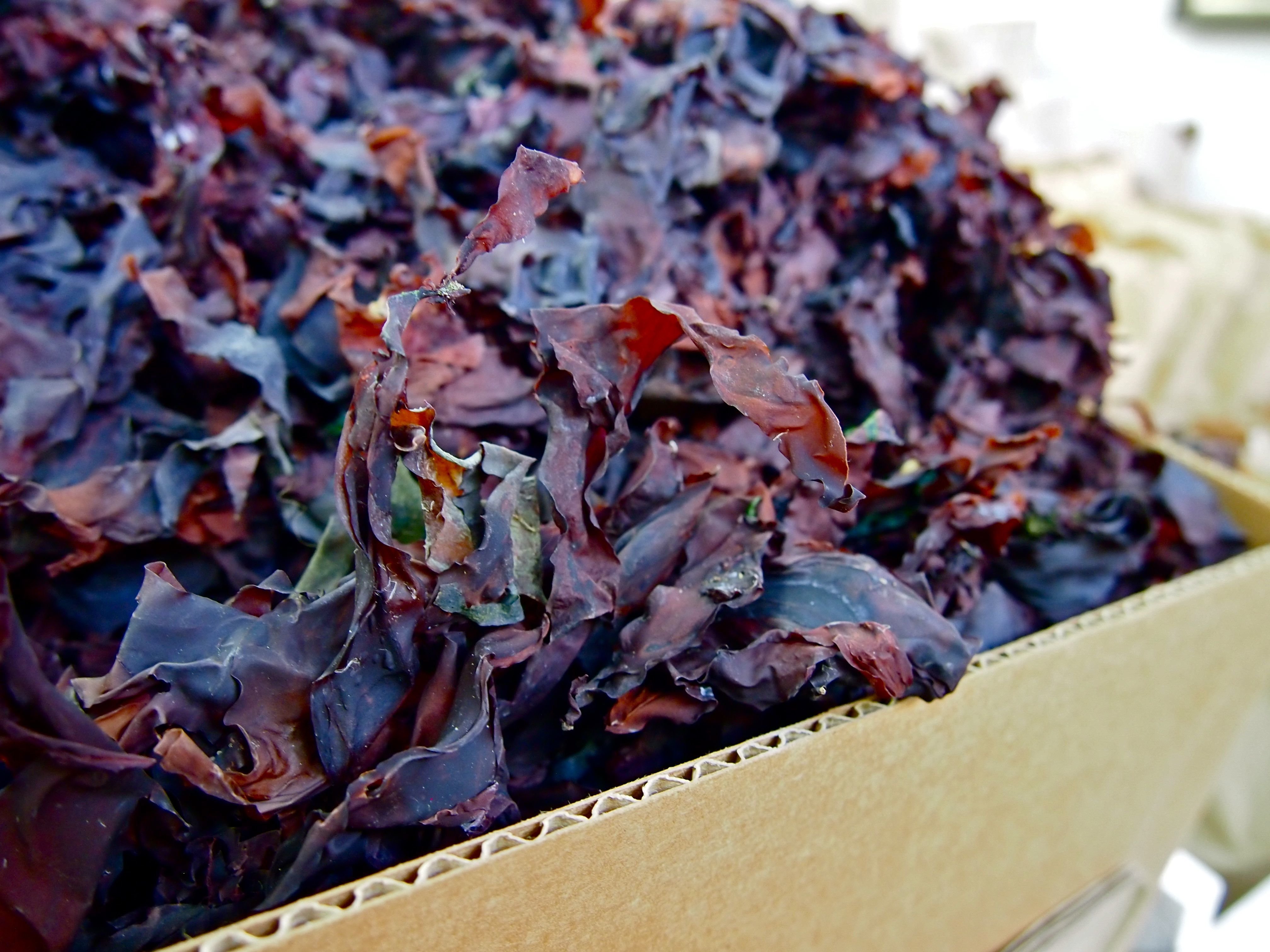This is not a fad-diet post. It is about the land, sea, and the elements- bringing them into our bodies for optimum health.
We are all too familiar with fad diets, and the ever changing advice coming from the "experts" about what to eat, and what not to eat... We are told today that many traditional foods are "bad" causing high cholesterol, etc. and that modern replacements, soy, and "low-fat" labels are our go-tos.

Over many years I have found that the opposite is true- that traditional foods are our best medicine. Incorporating aspects of our time honored ancestral diets can be a way to optimize health. I encourage all people to seek out information on what their ancestors' ate, and more importantly- how the food was prepared. Many foods today are not prepared properly, which can cause a once-healthy item to become carcinogenic.
But what exactly are traditional foods?
Traditional foods are whole, organic, sometimes raw, sometimes fermented... They are from the earth and not created in a lab. As a general rule in our home, we only eat these types of foods, with few exceptions. Many of you may already know these things so...
Now on to the exciting stuff...
This blog series "Food as Medicine" will confront the misunderstandings and attempt to reveal inspiring truths about traditional foods and how they can benefit our health.
Today I want to speak in particular about some foods that I find to be invaluable to our diets, and how their form has everything to do with their value.
1. Salt
Indeed salt is crucial for the diet, but what kind? Typical table salt is absolutely horrible for you, and this is what the "experts" are referring to when they recommend cutting salt from your diet. Unfortunately "they" are unwilling to admit or do the research to show that their recommendations aren't well-rounded. Essential elements that we need are stripped out, and replaced with synthetic ones. Often it doesn't come from the sea, and is even bleached!
Real salt is sea salt, harvested and gently sun dried, maintaining the delicate and highly valuable minerals. Still others originate and are gathered or mined from ancient sea beds & mountainous regions, such as the salt flats of Utah, United States and Himalayan Pink Salt.
The concentration of salt near Khewra, Punjab is said to have been discovered around 326 BC when the troops led by Alexander the Great stopped to rest there and noticed their horses licking the salty rocks. Salt was probably mined there from that time, but the first records of mining are from the Janjua people in the 1200s. 1
A delicious and simple electrolyte-replenishing beverage can be made by mixing a teaspoon of high quality sea salt in a pint of filtered water, with a squeeze of lemon juice and a dash of real maple syrup. A million times better for you and your health than Gatorade or other fad diet drinks.
Just look at the variety and beauty of real salt from around the world!
2. Sea Vegetables
It's not yucky, it's delicious! There are many different varieties and forms that can be incorporated into your diet quite simply. Historically, all over the world, many cultures who lived near any sea had seaweed as an important element in their diet. Once I thought deeply about my Irish and Swedish ancestors harvesting the green goods centuries ago, I realized that I should also include this in my diet. There are many edible species of seaweeds and kelp, they should be sourced from clean areas of the ocean, sustainably harvested, and low-temperature sun-dried to preserve the minerals.
The main species used in Ireland at present are dulse, carrageen moss, and various kelps and wracks. Dulse - also known as Dillisk - is a red alga (Palmaria palmata) that is eaten on both sides of the North Atlantic. Generally only eaten in Ireland after it has been dried, it is frequently sold in small packets, most commonly in the west and north. It is also eaten in Canada, Iceland, Norway, France and Scotland. 2
I eat a variety called Dulse, commonly. I sprinkle the flakes on popcorn, in smoothies and sautés. I snack on the dried slices. One tablespoon of dulse flakes contains 330% Iodine-which is essential for thyroid function; 6% Iron; 15% Vitamin B6; and other decent amounts of Magnesium, Chromium, Riboflavin and B12... Now this is a vitamin-rich food!
3. Real Butter
That's right. Have you heard the truth about butter? Historically, properly prepared butter was consumed by many traditional cultures all over the world, and for good reason. What is real butter? Real butter is made from the cream of pasture-raised animals. That means the hoofed undulates live and roam on green pastures, eating the nutrient dense grass in the sunshine and fresh air. They may be seasonally supplemented with hay, and if any, only a tiny amount of organic, non-gmo grain.
This butter is rich in antioxidants, Vitamin E and A, Omega 3s, and good cholesterol vs. the cheaply produced, toxic mockery called "Butter" sold in supermarkets which literally causes heart disease, which is produced from the milk of tortured overweight, confinement-raised, infected cows. From The Weston Price Foundation:
......When the fabricated food folks and apologists for the corporate farm realized that they couldn’t block America’s growing interest in diet and nutrition, a movement that would ultimately put an end to America’s biggest and most monopolistic industries, they infiltrated the movement and put a few sinister twists on information going out to the public. Item number one in the disinformation campaign was the assertion that naturally saturated fats from animal sources are the root cause of the current heart disease and cancer plague. Butter bore the brunt of the attack, and was accused of terrible crimes. The Diet Dictocrats told us that it was better to switch to polyunsaturated margarine and most Americans did. Butter all but disappeared from our tables, shunned as a miscreant....... read the rest here
To understand fully the benefits of butter, the above article is excellent in explaining the truth.
_Oeschinensee_Slaunger_2009-07-07.jpg) By Kim Hansen - Own work CC BY-SA 3.0
By Kim Hansen - Own work CC BY-SA 3.0
Where do we go find good quality raw butter?
Unfortunately in many states in the U.S. the retail selling of raw butter has been banned. That's right, in the latter half of the last century, the modern American government has declared one of our most precious ancestral health foods- illegal- imagine that. Fortunately one can still find quality real raw butter from local farms all over the country through legal means such as CSA shares, or purchasing it as "pet food". To find a list of local farms in your area where you might be able to find nutrient-dense vegetables and dairy, check out Local Harvest as well as The Weston Price Foundation
If you can't access raw butter, try making it yourself. Or a second best would be to purchase organic pasteurized, non-homogenized butter. While these aren't going to be as nutritious as raw butter, they are still a million times better than their conventional imitations. We do purchase Organic Valley, Super Kalona, and Kerry Gold brands at our co-op when our local farmer is sold out.
Using butter as an example of food as medicine, it is true that it will tend to be a bit more expensive than cheap butter. But, you get what you pay for. The farmer is handcrafting a traditional food from animals they have sustainably and lovingly raised, and keeping an essential traditional skill and community element alive.
If you're like us and tend to be frugal- use the raw butter as a medicinal food; don't waste the nutrients by baking or cooking with it on high heat. I use the store bought brands for that. The raw butter is best on a baked potato, a piece of toast, or patted on roasted vegetables, etc.
 (By Antoine Vollon - National Gallery of Art, Public Domain, Link)
(By Antoine Vollon - National Gallery of Art, Public Domain, Link)
I hope you enjoyed this post and perhaps feel inspired to research deeper into these foods.




